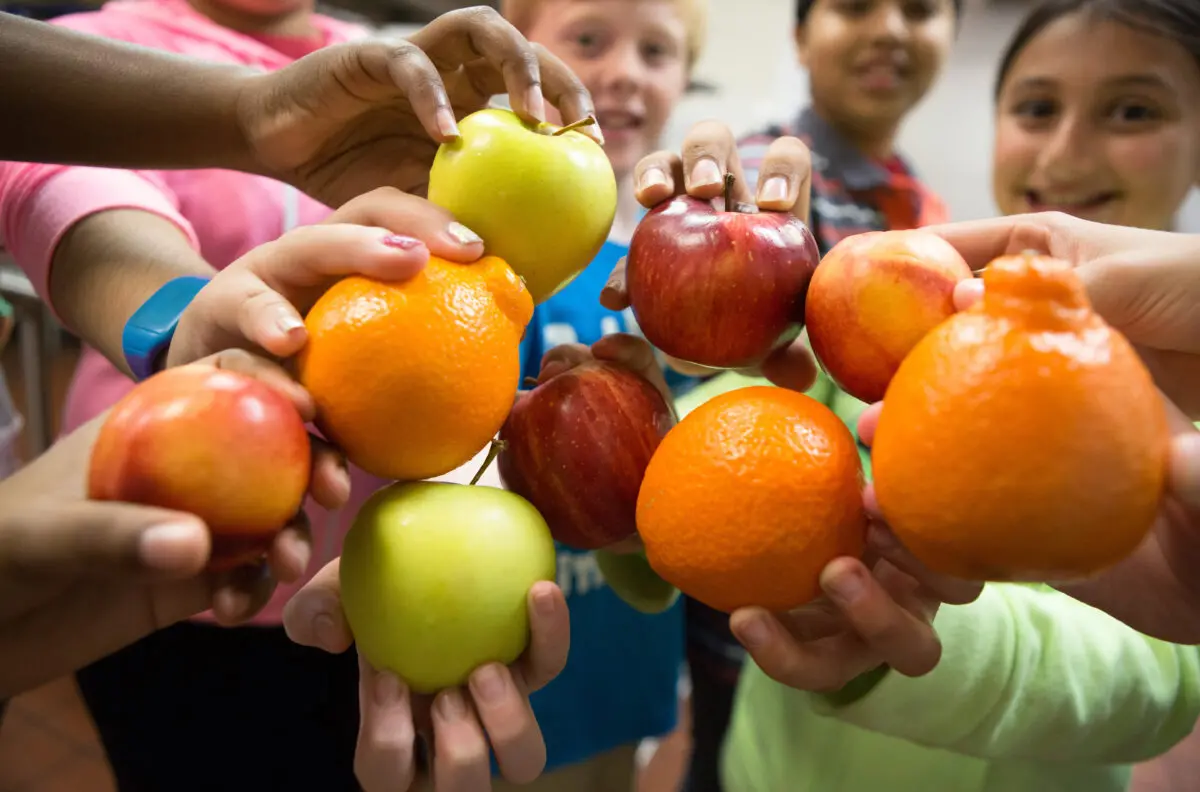Yet school nutrition programs are often understaffed, underfunded and overlooked. These programs have faced significant financial losses during the pandemic. According to USDA data, school food service departments reported more than $2 billion in federal revenue losses from March to November 2020.
To address the added challenges of the pandemic, USDA used new authority from Congress to issue waivers that permitted schools nationwide to serve meals to all students free of charge (also known as universal school meals). Universal school meals have been key to supporting nutrition service directors’ efforts to feed children facing food insecurity.
However, universal school meals will expire on June 30, 2022.
Campbell serves breakfast to more than 16,000 students and lunches to more than 30,000. He said that if free school meals end, there could be a devastating rise in school lunch debt.


